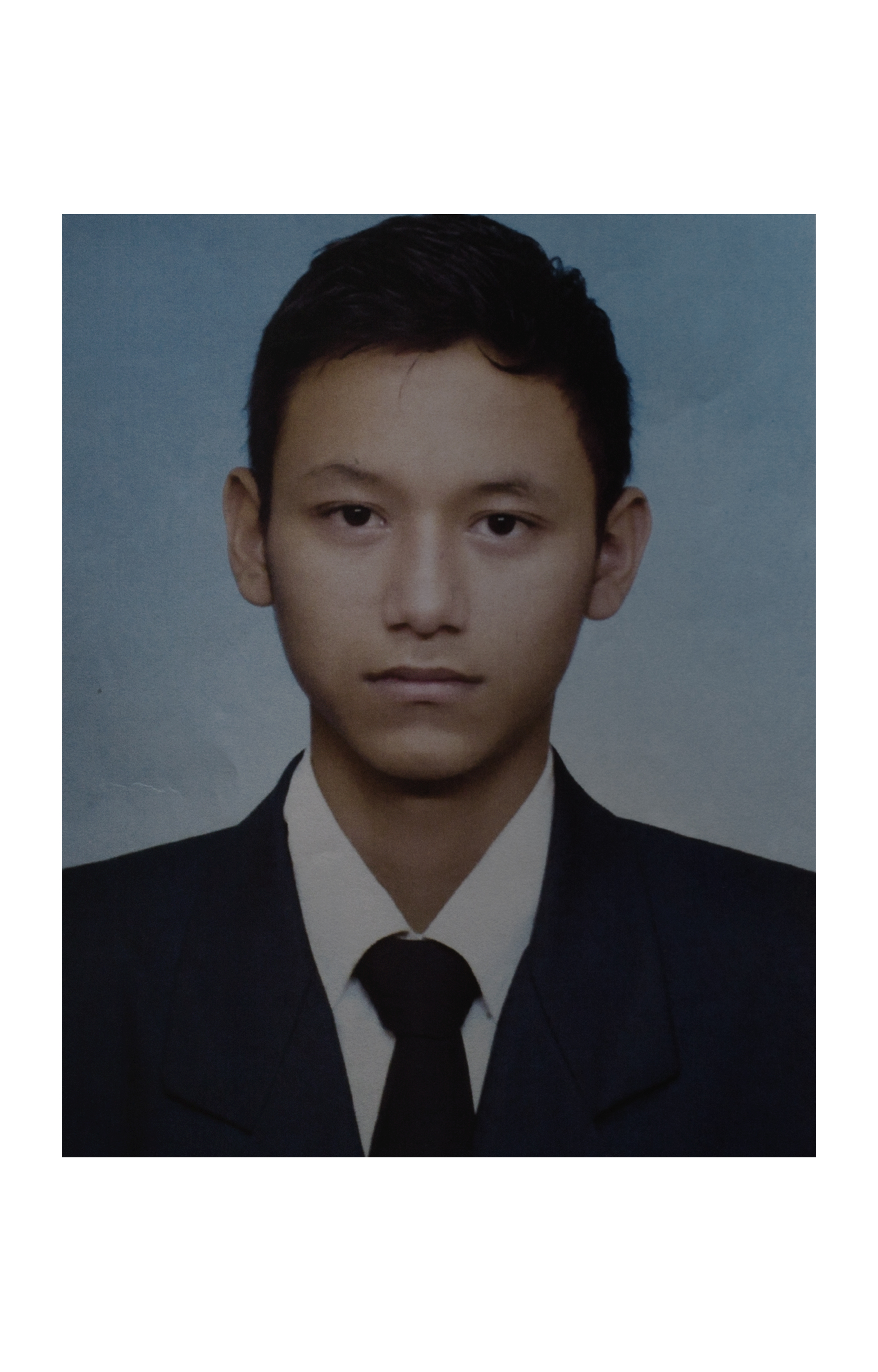"La Distancia" is a visual investigation into the Systematic use of forced disappearance by criminal groups and law enforcement in the so-called Northern Triangle," Which is home to Honduras, El Salvador, and Guatemala. "
"If we do not find her at the end of the day, she will be lost forever; I'm sorry for her mum," says the forensic anthropologist and criminologist Israel Ticas while looking at the thick vegetation around him. He is digging into the woods in a remote area controlled by the street gang the Mara Salvatrucha to find Reina Isabella Sanchez, a 20-year-old girl who disappeared in 2013. She was the girlfriend of a policeman. Reina will never be located.
In Mexico and in the area of the so-called "Northern Triangle," which is home to Honduras, El Salvador, and Guatemala, in the last forty years, violence has become part of life like the region's periodic volcanic eruptions. Beyond the average murder rate of a war zone, nowadays, people are not just being killed, but they are actually vanishing.
A disappeared person in Latin America leads to a particular time frame; it echoes the 20th-century cruel practice of right-wing authoritarian governments for suppressing dissent and intimidation.
As these nations were recovering from their traumas, new and subtle conflicts started. In countries like El Salvador, gangs began to appear in the early 1990s; they were made up of young men who fled the bloody civil war with their families for a safer life in the United States. They were later deported to their country of origin despite having no family there and no knowledge of Spanish. These kids started to replicate the gang structures and the culture learned in the U.S: "Ver, oir y callar" (look, listen, and shut up) is now a motto you see on the walls all around countries like El Salvador, Honduras, and Guatemala where the gangs dictate people's life.
Mexico as well has never fully faced the heritage left by its "dirty war" and saw the origin of drug cartels.
Another factor was the failure to identify the depth of the clandestine networks, which fueled both sides of Central American conflicts. Structures that remained intact and turned into well-trained criminal organizations.
The government's reaction to the raising of organized crime and violence has been open war, a sort of utopian idea in which violence should end violence.
In this context, the Northern Triangle and Mexico have been seeing for more than a decade a systematic use of forced disappearance by criminal organizations and law enforcement which blurred their role in a battlefield over the control of territory through fear.


























